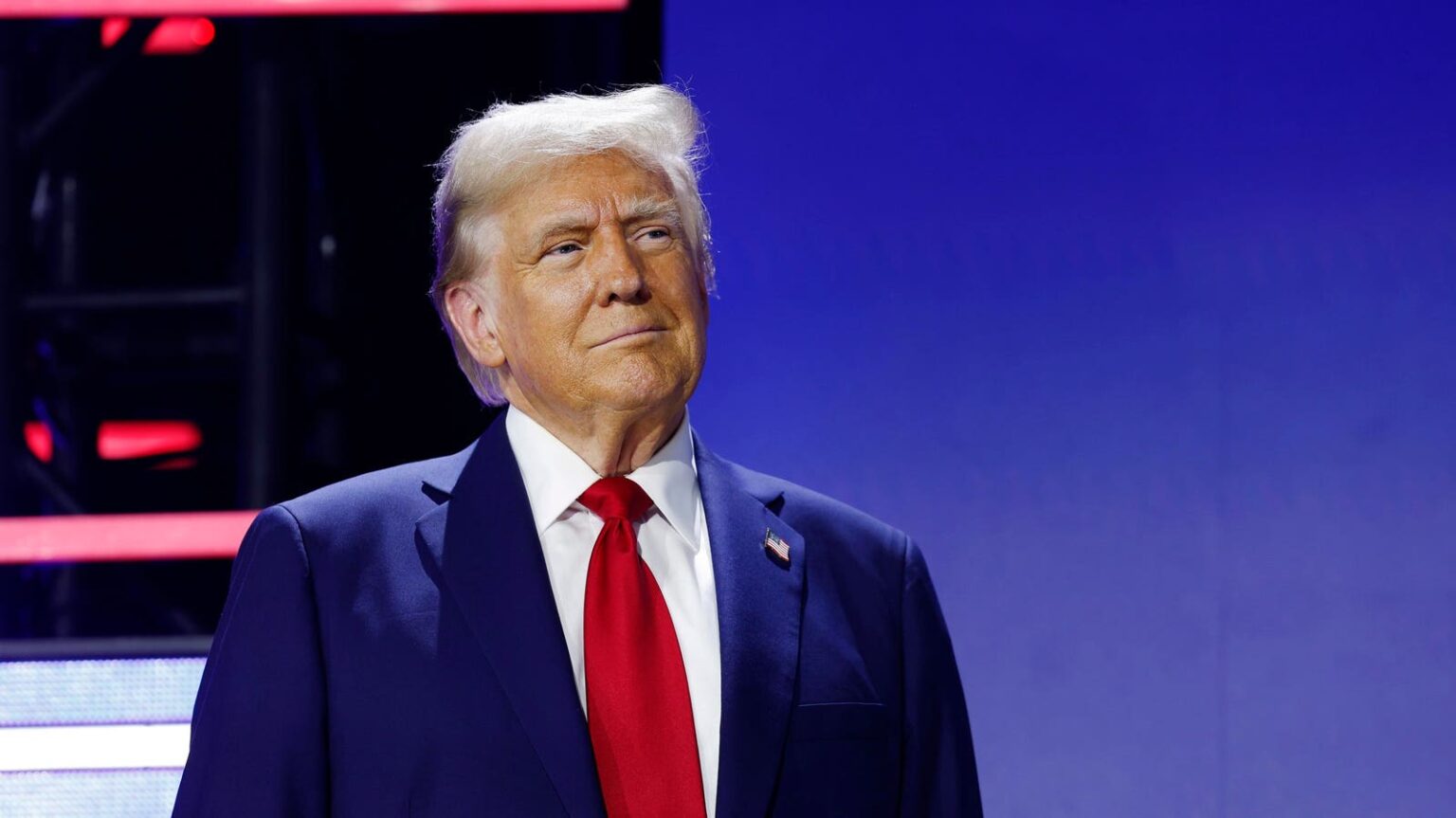In a move that could significantly impact the landscape of student loan forgiveness, President Trump is poised to sign an executive order later today directing the Education Department to modify the Public Service Loan Forgiveness Program, the New York Times reported.
The PSLF program, established under the College Cost Reduction and Access Act of 2007, forgives a portion of federal student loan debt for individuals employed in public sector roles, including those at nonprofit organizations. Speaking from the Oval Office, Trump has expressed concerns that certain qualifying nonprofit organizations may “engage in illegal, or what we would consider to be improper activities.” This is despite Education Secretary Linda McMahon’s responses during her confirmation hearing that she would adhere to the law and keep the program
The PSLF program was designed to alleviate the student debt burden for professionals committed to public service. Eligible borrowers who make 120 qualifying monthly payments under a qualifying repayment plan, while working full-time for a qualifying employer, can have the remainder of their loan balance forgiven. Qualifying employers include government organizations at any level and 501(c)(3) nonprofit organizations. The earliest date that public servants could qualify for full cancellation of their loans was October 1, 2017, ten years after PSLF existed. However, problems soon emerged; of the first 28,000 public servants who applied for forgiveness, only 96 were approved—a denial rate of 99%.
As of 2023, the PSLF program has processed approximately 6.1 million forms. Of these, 20% were incomplete, 14% were in process, and 65% were complete and processed. Among the 3.9 million processed forms, 93% resulted in qualifying payments being updated, while the remaining 7% did not have eligible loans or employment. Notably, 3.3% of the processed forms met the requirements for PSLF. In total, around 670,000 borrowers have had $46 billion discharged as of June 30, 2023, with an average balance of $69,000, based on data from EducationData.
The average amount forgiven under the PSLF program varies. According to data from Statista, the average amount of student debt forgiven by the PSLF program was $63,826 per borrower. However, other sources indicate that the average discharge amount for an approved PSLF applicant is $96,343. This discrepancy may be due to differences in data collection periods or borrower profiles. By 2025, the total amount discharged through PSLF and similar programs has been $42 billion with 615,000 borrowers receiving forgiveness according to Student Loan Planner.
The program has faced significant challenges since its inception. Prior to 2021, just 2.5% of borrowers applied for loan forgiveness; less than 0.3% of student loan debt was eventually forgiven. Among people who applied for loan forgiveness before 2021, most applications went to the Teacher Loan Forgiveness Program, the Borrower Defense to Repayment Discharge Program, and the PSLF Program. These programs had a combined average of 144,459 applications pending at any given time.
In response to the high denial rates and borrower confusion, Congress attempted to address these issues by passing the Temporary Expanded Public Service Loan Forgiveness program (TEPSLF) in March 2018. However, challenges persisted. According to a Government Accountability Office report, of the 54,184 who applied for TEPSLF, 53,523 were denied. These denials resulted from various problems, including servicers providing false or misleading information about loan types and payment plans qualifying for PSLF.
The President’s forthcoming executive order aims to scrutinize and potentially exclude certain nonprofit organizations from PSLF eligibility, particularly those that may “engage in illegal, or what we would consider to be improper activities.” This move could narrow the scope of organizations whose employees qualify for loan forgiveness, thereby affecting many borrowers currently on the path to forgiveness. This could have a major impact given that over 1.3 million borrowers still qualify for PSLF based on employment These borrowers have an average balance of over $94,000, according to Student Loan Planner.
These modifications could undermine the program’s original intent—to encourage and reward public service by alleviating student debt burdens. Redefining eligibility criteria may disproportionately impact employees of smaller or less traditional nonprofits, potentially discouraging work in underserved areas.
As the executive order is signed and implemented, borrowers and employers alike will need to stay informed about the changes to ensure compliance and adjust their financial planning accordingly. The Education Department is expected to release detailed guidelines following the executive order to clarify the new eligibility criteria and implementation timeline.
In the meantime, individuals pursuing PSLF are advised to consult with their loan servicers and seek guidance to understand how these changes may affect their loan forgiveness journey. Staying proactive and informed will be crucial as the program undergoes these significant modifications. We will have to wait to find out more details about the specifics of Trump’s executive order and what they mean for PSLF and borrowers.
Read the full article here

